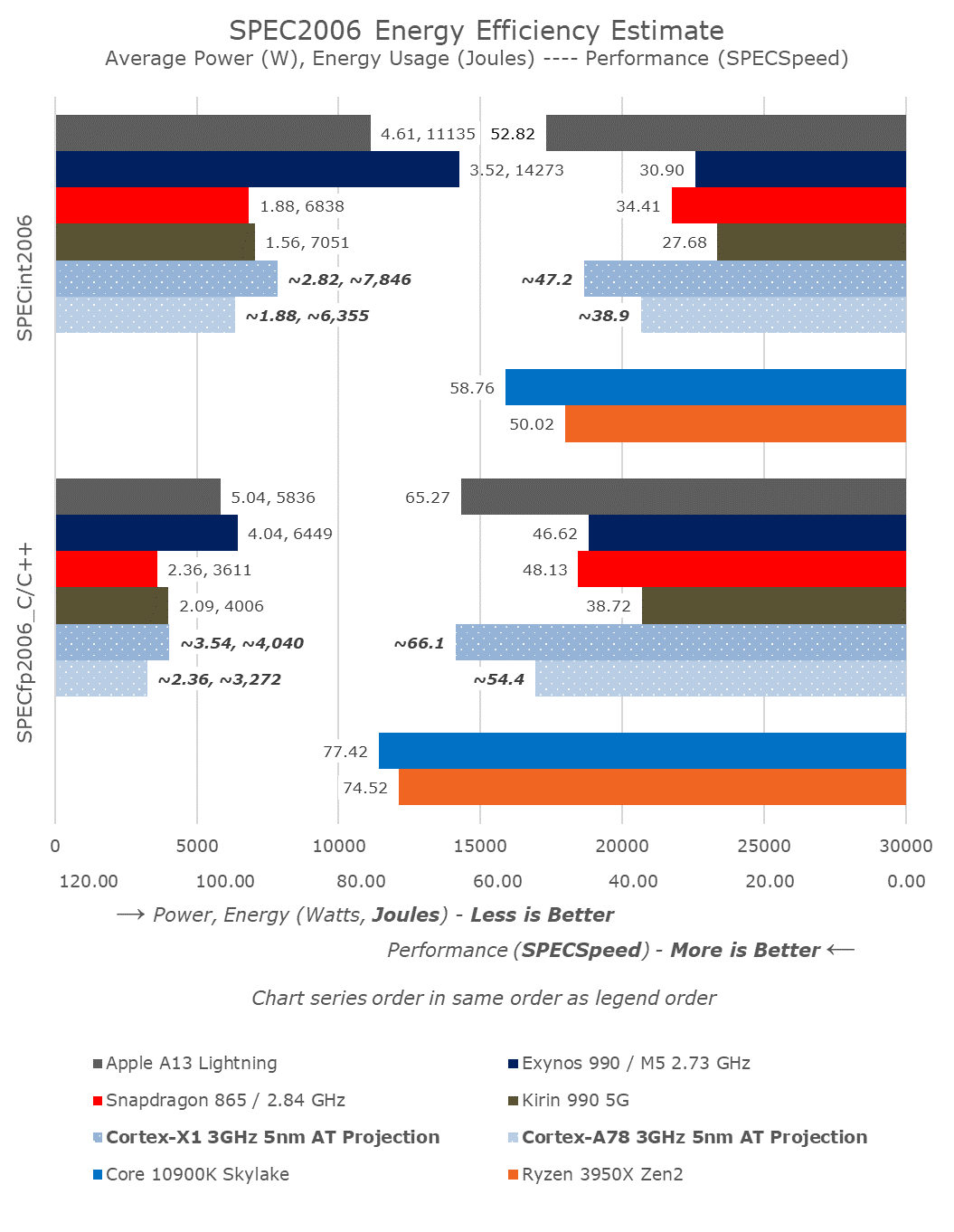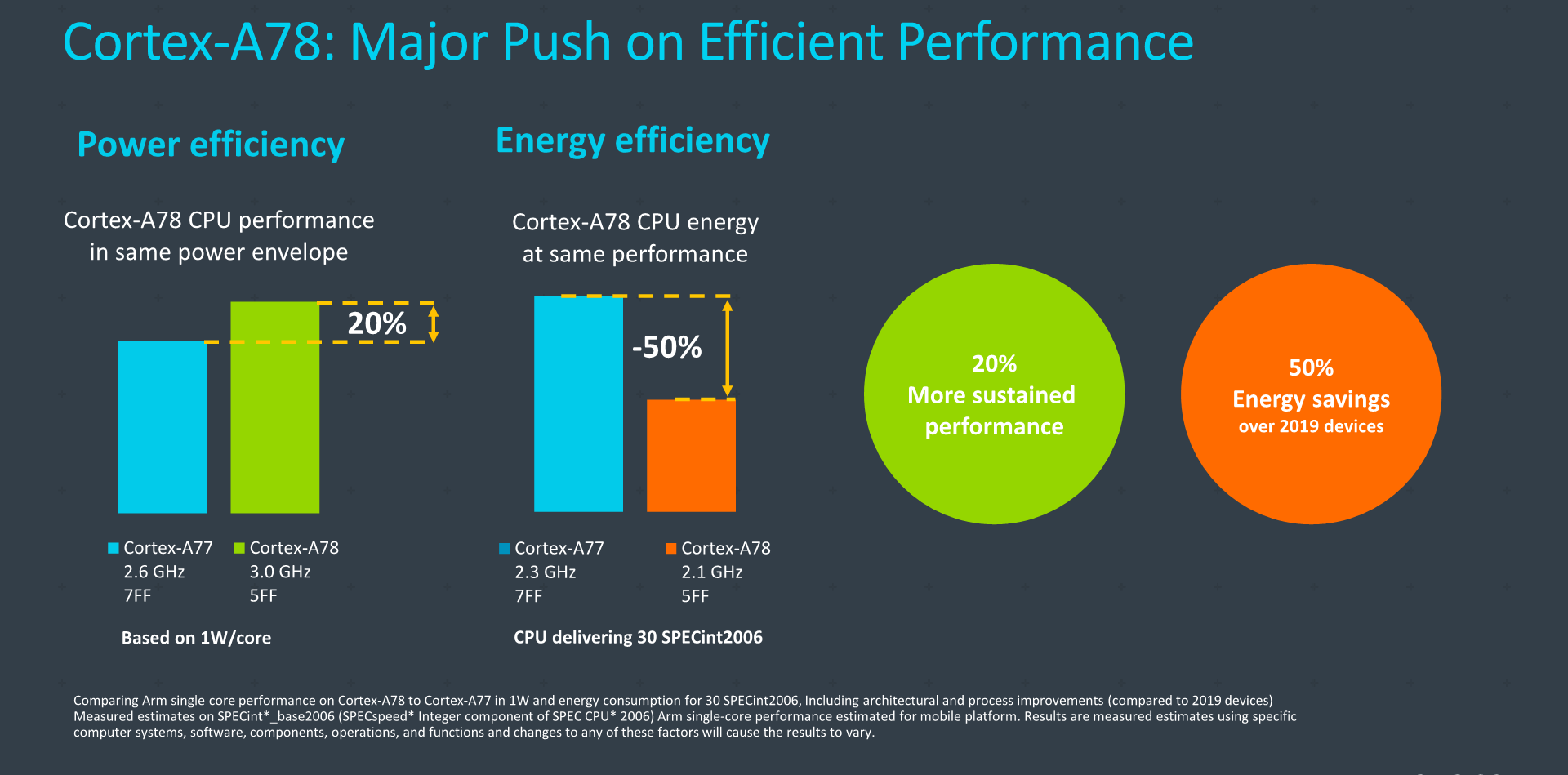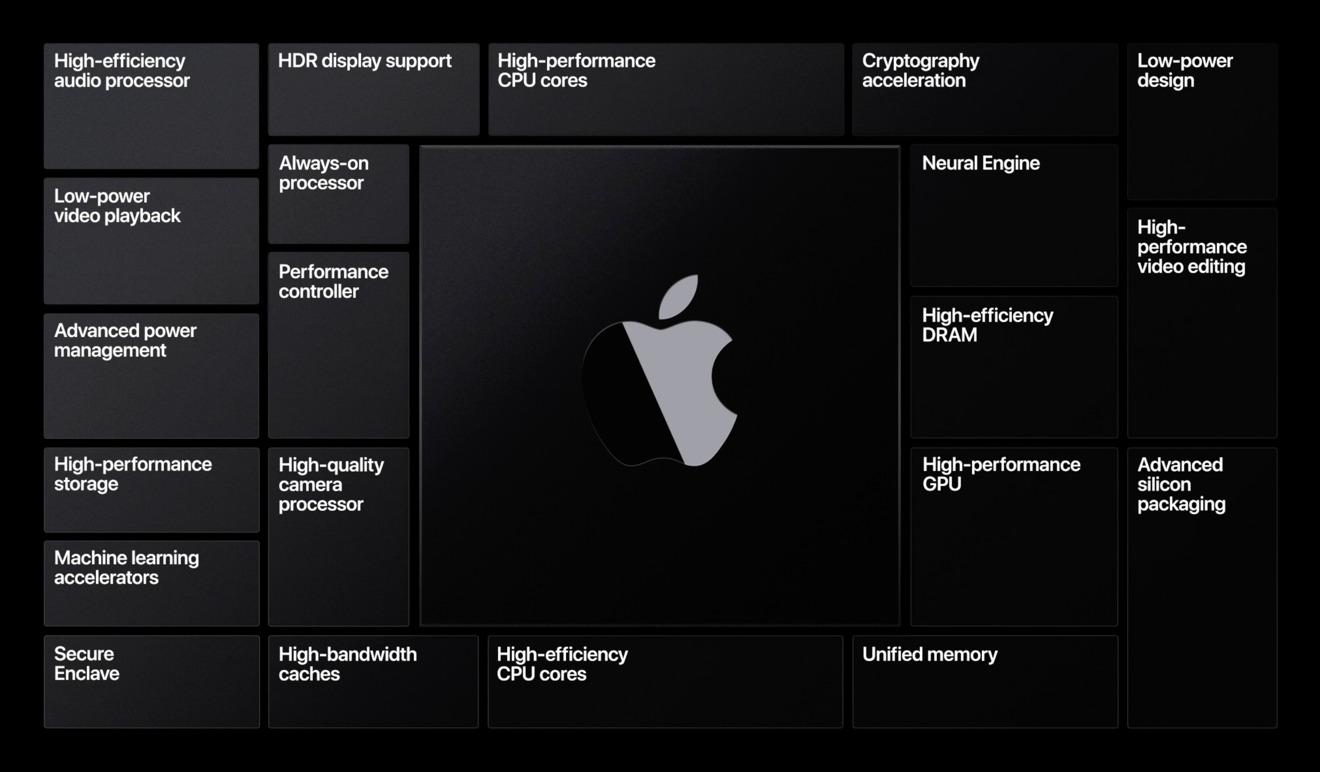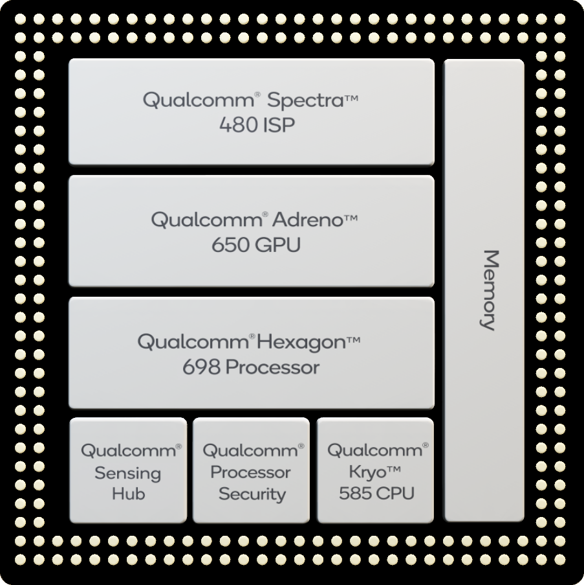KITA
About
- Username
- KITA
- Joined
- Visits
- 127
- Last Active
- Roles
- member
- Points
- 1,479
- Badges
- 0
- Posts
- 410
Reactions
-
Apple silicon Mac documentation suggests third-party GPU support in danger
What evidence do you have that would prove Apple is on a path to beat NVIDIA or AMD?Beats said:jonahlee said:If they come up with some new port it instead of PCI it will likely only mean Apple cards work with it, and it will mean the expansion is a joke. And while an Apple GPU might be decent, it is not going to compete with AMD and NVIDIA mainly because of driver support, because of the smaller market share unless Apple can magically beat the GPU giants at their own game without making something super hot and without a huge power draw, that is also so much easier to program for.
Oh goody this again. Happens every time.
"Apple is not going to beat out market leaders."
Both of which have strong roadmaps for development, access to the latest nodes from TSMC/Samsung, industry wide support and well optimized drivers.
It's not impossible and perhaps they will, but so far you haven't provided even the slightest bit of evidence to back up that claim.



-
Apple reportedly evaluating Apple Silicon-powered macOS on iPhone
-
Intel Skylake chip issues reportedly tipping point in Apple's silicon switch
-
Apple unveils plans to ditch Intel chips in Macs for 'Apple Silicon'
It's not useless. It's based on what ARM presented from someone with an excellent track record.melgross said:
That quote makes no sense. The latest Qualcomm chip is well behind Apple’s chip of two years ago in performance and efficiency. If this will be 10% behind that, then it’s no competition to Apple at all. That’s according to Anandtech testing. The chart you see here shows, not an actual Cortex-X1 chip test, but an estimated number, which is indicated by the word—projection. That means nothing. It’s also an estimate of what it will be on 5nm. Useless.KITA said:
Microsoft can participate in ARM's Cortex X program, or work with a company that is.canukstorm said:
Apple doesn't have close to the silicon team that Apple has to pull this off. What we saw yesterday was how central Apple's silicon team is to Apple's competitive advantage. MS would have to buy a major silicon company to pull this off. Who knows, maybe they'll buy AMD (*sarcasm*).Rayz2016 said:At the moment, this is little more than a loss of prestige for Intel.
The problem will come if Microsoft decides to put some effort into its own ARM strategy.
The Cortex X1 and next year's ARMv9 Matterhorn core (Cortex X2?) are being designed without previous constraints that are on cores like the Cortex A78.The Cortex-X1 here is projected to use 1.5x the power of an A78. This might end up slightly lower but I’m being overly cautious here and prefer to be on the more pessimistic side. Here’s the real kicker though: the X1 could very well use up to 2x the power of a Cortex-A77/A78 and it would still be able to compete with Apple’s cores in terms of energy efficiency – the core’s increased performance largely makes up for its increased power draw, meaning its energy efficiency at the projected power would roughly only be 23% worse than an A78, and only 11-14% worse than say a current generation Snapdragon 865. Arm has such a big leeway in power efficiency at the moment that I just don’t see any scenario where the X1 would end up disappointing.
...
Meanwhile the Cortex-X1 is a big change for Arm. And that change has less to do with the technology of the cores, and more with the business decisions that it now opens up for the company, although both are intertwined. For years many people were wondering why the company didn't design a core that could more closely compete with what Apple had built. In my view, one of the reasons for that was that Arm has always been constrained by the need to create a “one core fits all” design that could fit all of their customers’ needs – and not just the few flagship SoC designs.
The Cortex-X program here effectively unshackles Arm from these business limitations, and it allows the company to provide the best of both worlds. As a result, the A78 continues the company’s bread & butter design philosophy of power-performance-area leadership, whilst the X1 and its successors can now aim for the stars in terms of performance, without such strict area usage or power consumption limitations.
In this regard, the X1 seems really, really impressive. The 30% IPC improvement over the A77 is astounding and not something I had expected from the company this generation. The company has been incessantly beating the drum of their annual projected 20-25% improvements in performance – a pace which is currently well beyond what the competition has been able to achieve. These most recent projected performance figures are getting crazy close to the best that what we’ve seeing from the x86 players out there right now. That’s exciting for Arm, and should be worrying for the competition.

 Again, as a big note – these figures are largely my own projections based on the various data-points that Arm has presented. This can end up differently in actual products, but in the past our predictions of the A76 and A77 ended up extremely close to the actual silicon, if not even pessimistically worse than what the real figures ended up at.
Again, as a big note – these figures are largely my own projections based on the various data-points that Arm has presented. This can end up differently in actual products, but in the past our predictions of the A76 and A77 ended up extremely close to the actual silicon, if not even pessimistically worse than what the real figures ended up at.
Another key point from Arm:
This is not simply a roadmap product. The Cortex X program allows partners to get the product they want for their needs.Cortex-X1 is the very first example of a Cortex CPU that the CXC program can produce. It extends the digital immersion capabilities of smartphones through new levels of performance, making Cortex-X1 Arm’s most powerful CPU to date.
As part of the CXC program, subscribed partners collaborate with Arm to define custom CPUs that push performance at an envelope outside of the Cortex-A PPA. As a result, partners will have a CPU that is specific to their market needs and shows differentiation beyond roadmap Cortex-A CPUs. Through the CXC program, we are meeting the needs of the ever-expanding ecosystem, taking the best of Arm and applying it to the next level.

-
Apple unveils plans to ditch Intel chips in Macs for 'Apple Silicon'
Qualcomm is just one company that Microsoft has worked with. A big part of the reason why Qualcomm's SoCs aren't competing with Apple is due to their use of medium sized CPU cores and a reliance on ARM's outdated small cores. The Cortex X program solves that for them. They finally have a big core on ARM's roadmap they can use. Qualcomm has been pushing towards the laptop space for a few years now - this was a big piece of the puzzle missing for them.tmay said:
I'm not sure what your point is, but Qualcomm SOC's aren't known to be as performant as Apple's, and more to the point, Qualcomm's SOC for Windows 10 ARM was not up to the hype. Qualcomm SOC's don't suck for smartphone use, but I don't see Qualcomm as going all in to a desktop class processor as Apple is doing either.KITA said:
Of course it's more than that. You've just posted their image of what makes up their SoC. These components already exist, not only as ARM reference designs, but as components that have been worked on for years by various manufacturers.anonymouse said:
Apple's A series processors aren't just about energy efficiency and flops. In large part it's about integrating all these other things,KITA said:
Microsoft can participate in ARM's Cortex X program, or work with a company that is...canukstorm said:
Apple doesn't have close to the silicon team that Apple has to pull this off. What we saw yesterday was how central Apple's silicon team is to Apple's competitive advantage. MS would have to buy a major silicon company to pull this off. Who knows, maybe they'll buy AMD (*sarcasm*).Rayz2016 said:At the moment, this is little more than a loss of prestige for Intel.
The problem will come if Microsoft decides to put some effort into its own ARM strategy.
into the processor and being able to customize it precisely to meet your needs. The graphic above represents years of R&D, customizing everything for exactly what Apple wants it to do. You can't have this overnight.
Here's a block diagram from Qualcomm's Snapdragon 865 for example:
Even Microsoft has done custom silicon work alongside Qualcomm to fit their needs. In the HoloLens 2, Microsoft created a custom multiprocessor the HPU (Holographic Processing Unit) to accompany the Snapdragon 850. In the Surface Pro X, they branded the Microsoft SQ1 - going even further to take a Snapdragon 8cx and build onto it with a higher CPU clock, faster GPU (2.1 TFLOPS) and custom AI engine (9 TOPS).


